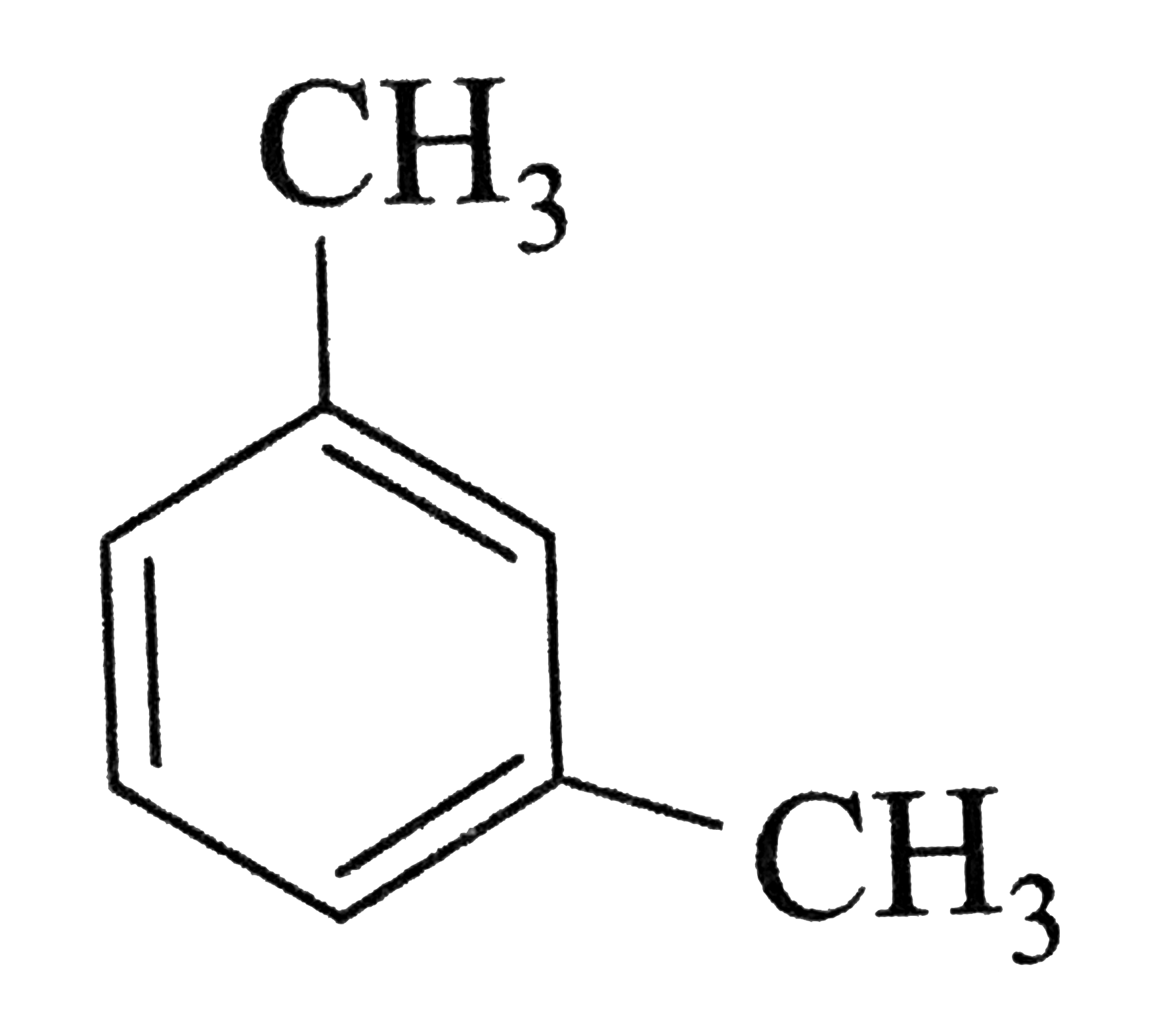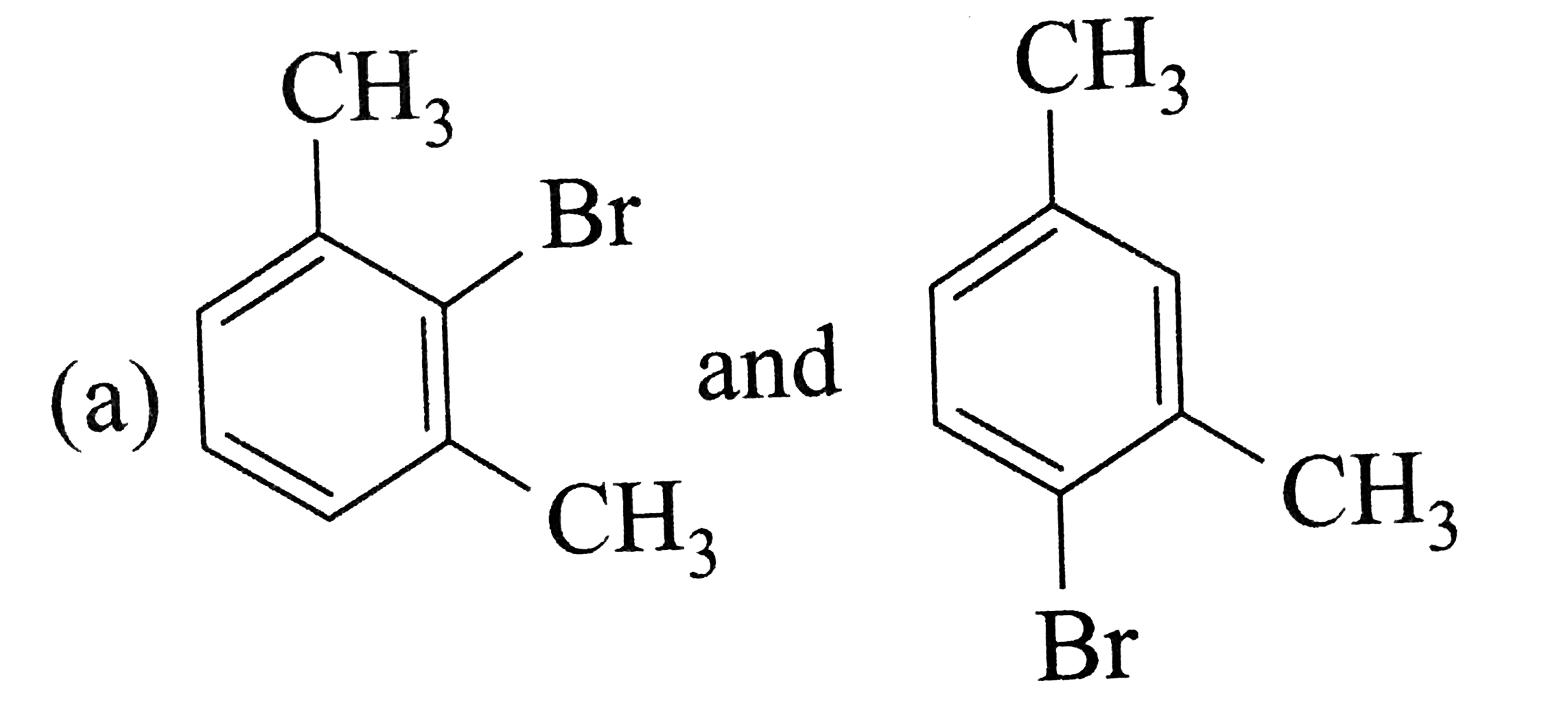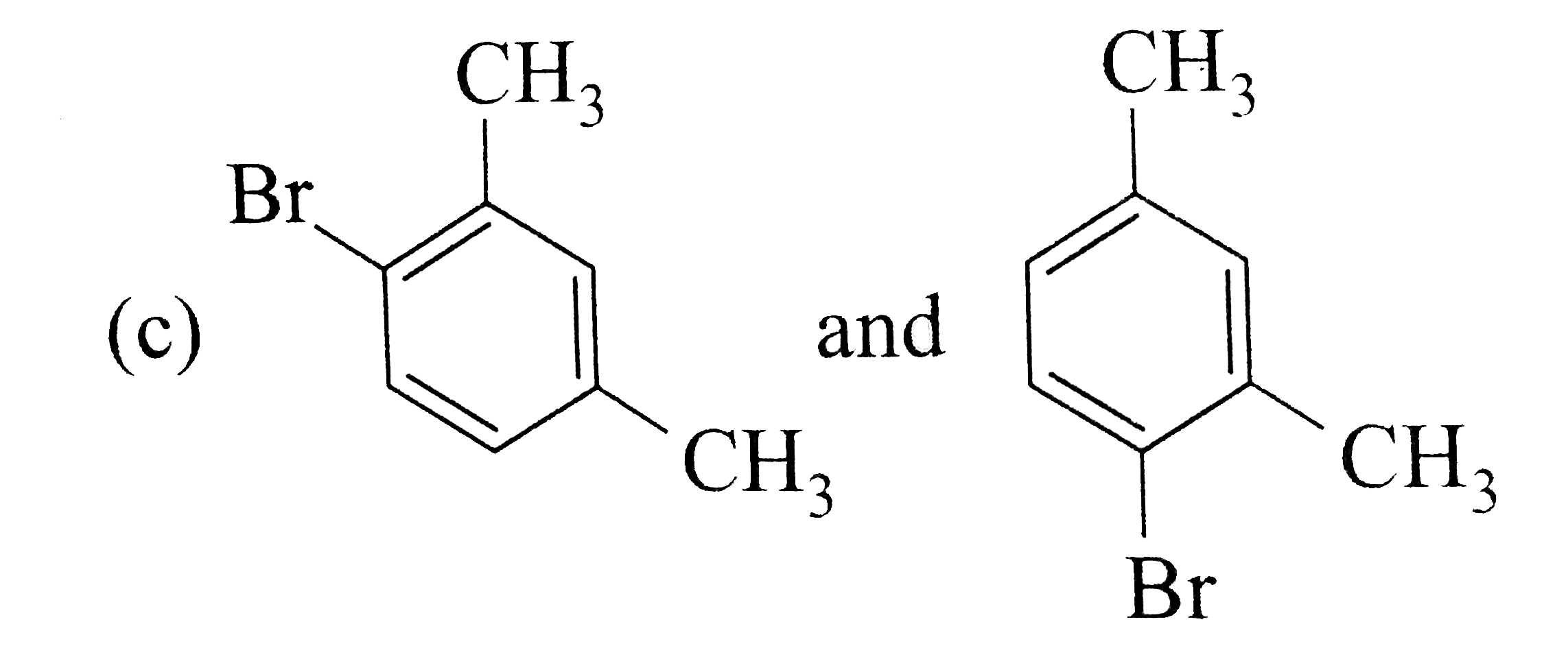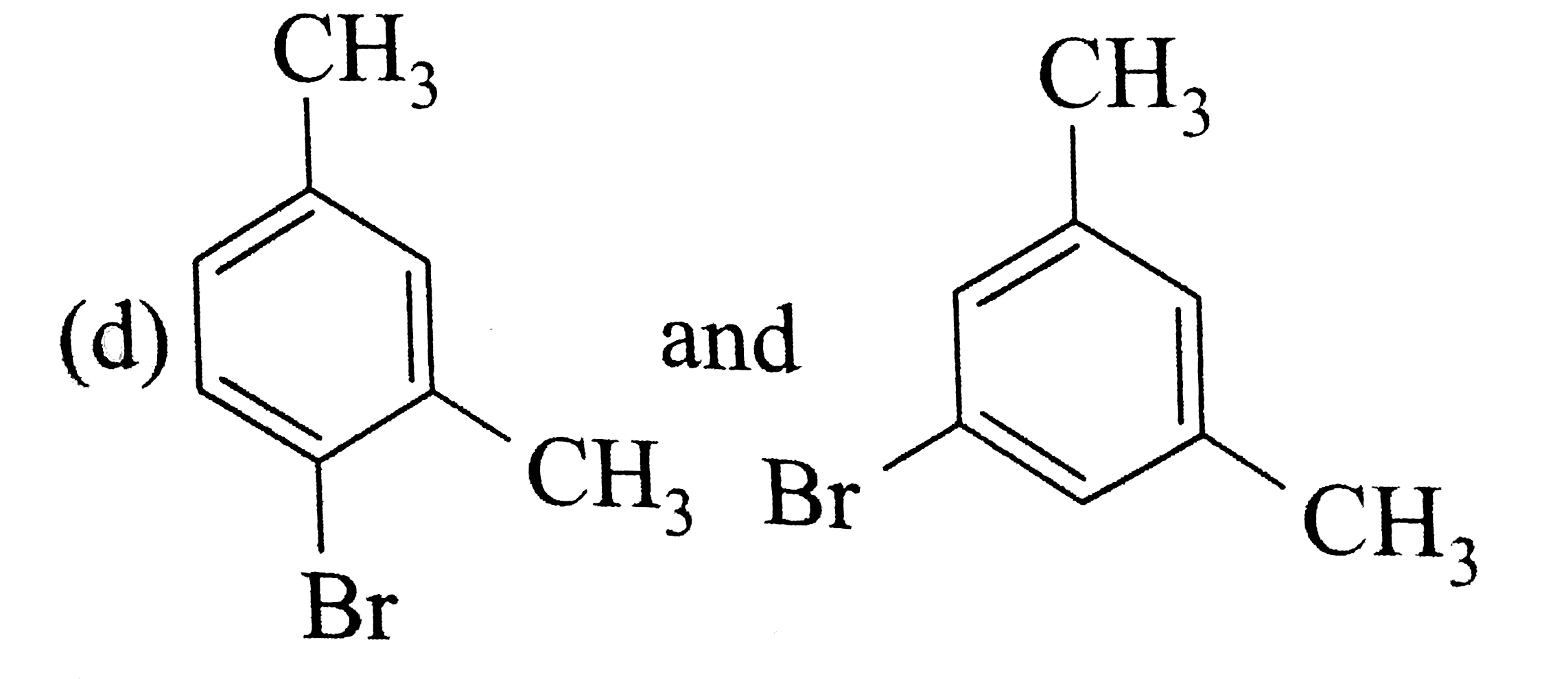Treating racemic 2-methyl-phenylbutan-1-one with NaOD in the presence of D2O produces a deuterium-labeled compound as a racemic form. Write a mechanism that explains this result.

Eeither enantiomer of the ketone can transer as α proton to the −OD ion to form an achiral enolate that can accept a deuteron to form a racemic mixture of the deuterium-labeled product.

Topper's Solved these Questions
- ALDEHYDES AND KETONES II. ALDOL REACTIONS BOOK - MS CHOUHANCHAPTER - ALDEHYDES AND KETONES II. ALDOL REACTIONS EXERCISE - ADDITIONAL OBJECTIVE QUESTIONS ( SINGLE CORRECT CHOICE TYPE)
13 Videos
- ALDEHYDES AND KETONES II. ALDOL REACTIONS BOOK - MS CHOUHANCHAPTER - ALDEHYDES AND KETONES II. ALDOL REACTIONS EXERCISE - ADDITIONAL OBJECTIVE QUESTIONS (LINKED COMPREHENSION TYPE )
6 Videos
- ALDEHYDES AND KETONES I. NUCLEOPHILIC ADDITION TO THE CARBONYL GROUPBOOK - MS CHOUHANCHAPTER - ALDEHYDES AND KETONES I. NUCLEOPHILIC ADDITION TO THE CARBONYL GROUPEXERCISE - ADDITIONAL OBJECTIVE QUESTIONS (SINGLE CORRECT CHOICE TYPE)
17 Videos
- ALDOL AND CANNIZARO REACTIONBOOK - MS CHOUHANCHAPTER - ALDOL AND CANNIZARO REACTIONEXERCISE - Subjective Problems
3 Videos
Similar Questions
Knowledge Check
Addition of HBr to 2-methyl1-prop-1ene in the presence of hydrogen peroxide mainly forms
A1-BromobutaneB2-BromopropaneC2-Bromo-2-methylpropaneD1-Bromo-2-methylpropaneEthene when treated with Br2 in the presence of CCI4 which compound is formed
A1, 2-dibromoethaneB1-bromo-2-chloroethaneCBoth (A) and (B)D1, 1, 1-tribromoethaneWhat products are formed when the following compounds are treated with Br2 in the presence of FeBr3 ?
 A
A B
B C
C D
D
What happens when:
(i). Ethyl chloride is treated with NaI in the presence of acetone
(ii). Chlorobenzene is treated with Na metal in the presence of dry ether
(iii). Methyl chloride is treated with KNO2.
Write chemical equation in support of your answer.
View SolutionGive the IUPAC name of the product formed when : (1) 2 -Methyl-1-bromopropane is treated with sodium in the presence of dry ether.
(ii) 1-Methyl cyclohexene is treated with HI.
(iii) Chloroethane is treated with silver nitrite.
View SolutionPhenol on treatment with CO2 in the presence of NaOH followed by acidification produces compound X as the major product. X on treatment with (CH3CO)2O in the presence of catalytic amount of H2SO4 produces
View SolutionPhenol on treatment with CO2 in the presence of NaOH followed by acidification produces compound X as the major product. X on treatment with (CH3CO)2O in the presence of catalytic amount of H2SO4 produces
View SolutionPhenol on treatment with CO2 in the presence of NaOH followed by acidification produces compound X as the major product. X on treatment with (CH3CO)2O in the presence of catalytic amount of H2SO4 produces
View Solution

